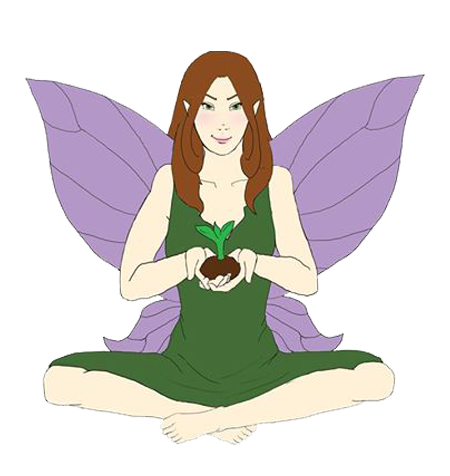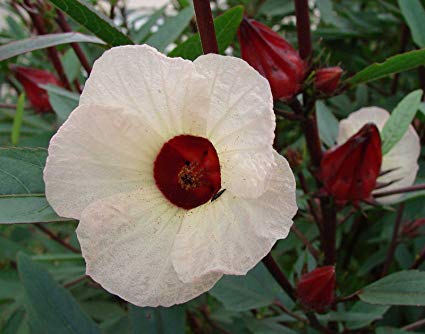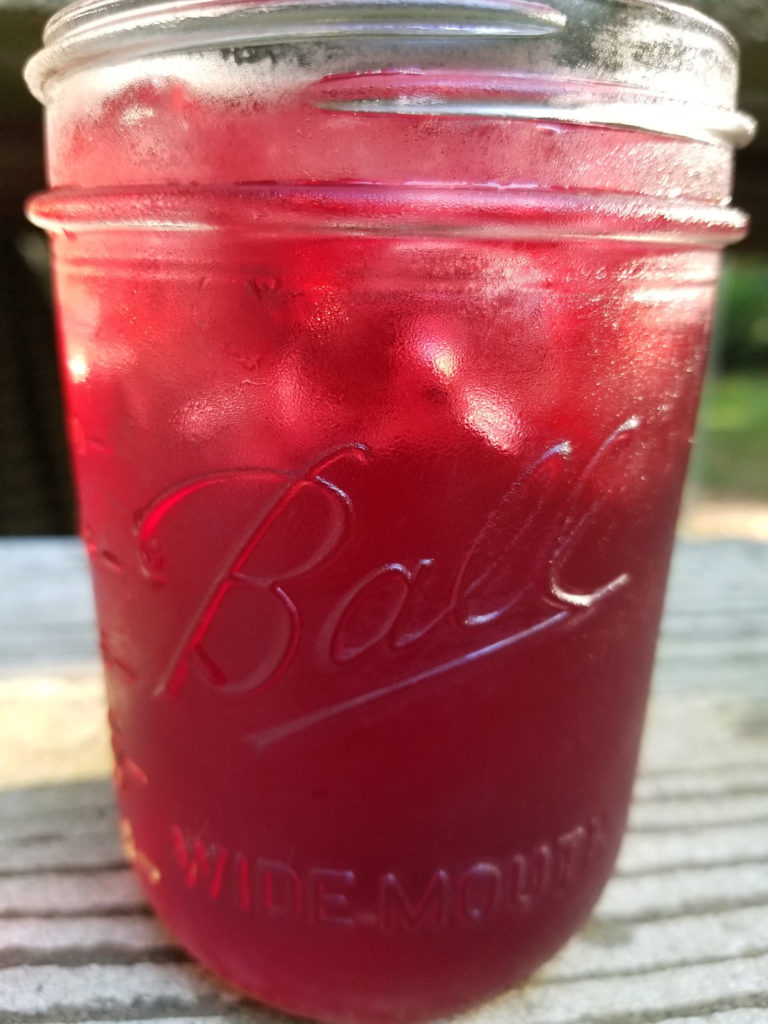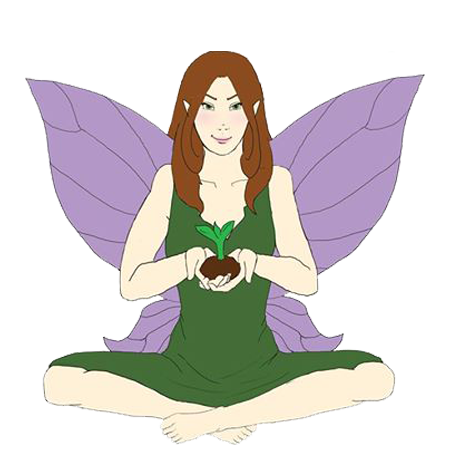Calming Chamomile
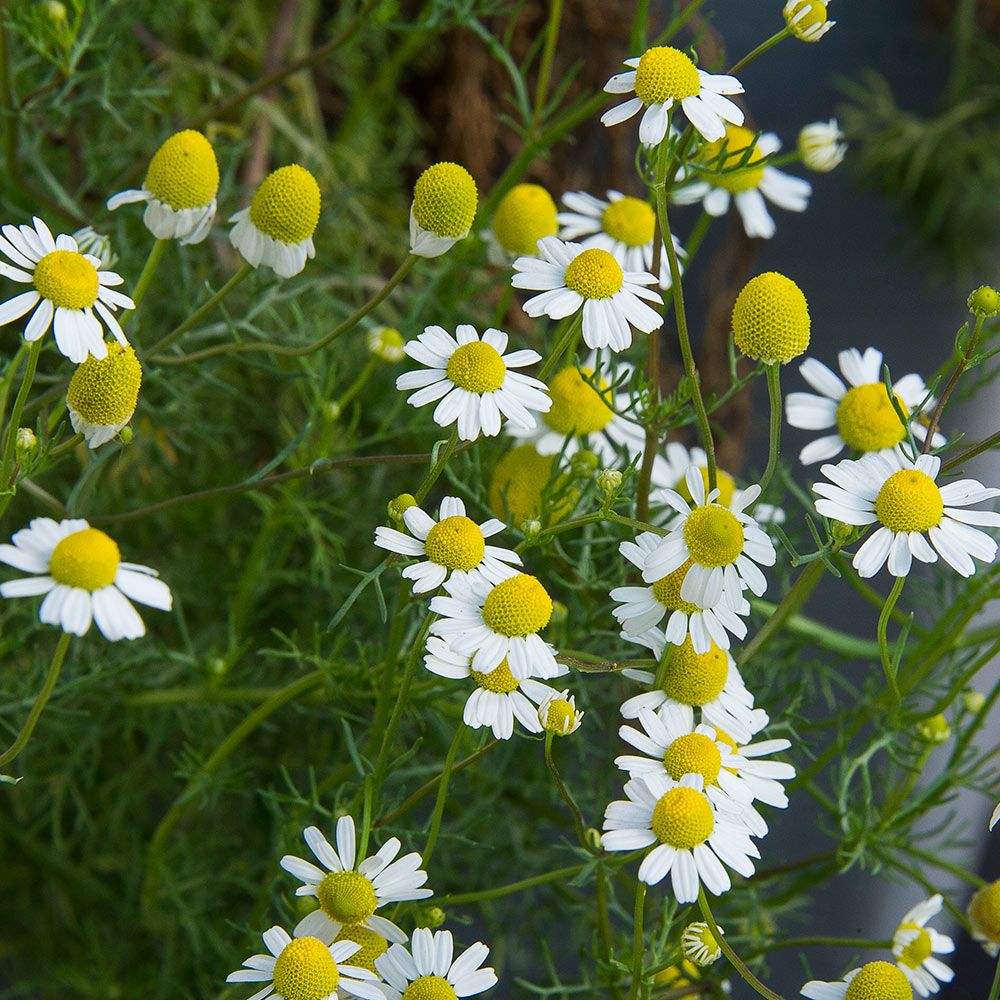
As I think back to some of my earliest days learning about and working with the healing plants, one plant immediately comes to mind, the charming and calming Chamomile. With its cheery disposition, pleasant apple-like scent, and fruity taste, Chamomile is perfect for those new to drinking herbal teas or working with the healing plants. I have always loved her healing teas and as a budding herbalist, I would often drink them in the evening or when I needed a little calming down time. Her medicine is well-tolerated by most people, even the little ones, and her uses are varied as we will learn!
Although Roman Chamomile (Anthemis nobilis) is often referred to as the “true Chamomile”, it is the German Chamomile (Matricaria recutita) that is most often used in modern medicinal preparations and the species I most often work with. Growing to heights of up to 24 inches, stems branching into graceful feathery leaves with flowers that only reach 1” to 2” in width, it’s a wonder that Chamomile is as powerful as she is. But oh those flowers! Could anyone gaze upon those tiny daisy-like perfections and not be filled with a profound joy and love for the plant world? I think not.
German Chamomile is an annual, although one might think this easy to grow plant is a perennial given the way it reseeds itself rapidly and with no intervention on our part. Grown in zones 4 to 9, German Chamomile is hardier than she looks and prefers sunny locations with well-drained soil. She will tolerate being grown in a pot as well and her enchanting scent makes for a nice addition to patios or small balconies.

A cup of Chamomile tea is a classic remedy for insomnia and anxiety. When sleep isn’t coming easily, Chamomile lulls one into a peaceful slumber allaying fears and comforting cranky children and adults like a loving and patient Grandmother. Chamomile is equally adept at taming a nasty tension headache or stomachache caused by worry or spasms of the digestive system. In fact, Chamomile is an aid to good digestion and can be taken in tea form or a few drops of tincture before mealtime to improve the digestion naturally and safely.
But Chamomile’s healing powers do not stop there, as the tea, tincture, or compress can also relax uterine spasms and ease painful menstrual cramps and tension. A compress can also be made for the often- accompanying menstrual back pain. In fact, Chamomile is known for her anti-inflammatory and pain-relieving effects being used for arthritic pains, sciatica, and the pain associated with gout.
Chamomile especially loves children and has a long history of use for infant colicky, teething babies, irritability, and hyperactivity and the wee ones often love the taste which is helpful. A classic remedy for children’s colds and flu, Chamomile combined with Elder Flower, Yarrow, and Peppermint, an often well received tea!
This is just some of the Magick that is Chamomile!
If you’d to learn more about the healing plants growing all around us, be sure to sign up for the Green Girl newsletter or register for an upcoming class!
*Although Chamomile is generally regarded as safe, pregnant and lactating women should always check in with their health care professional before consuming herbal preparations. Although rare, occasionally some people will have a mild allergic reaction to Chamomile. When trying new herbs for the first time, it’s always a good idea to try a small amount first to see how your body responds to the remedy.
